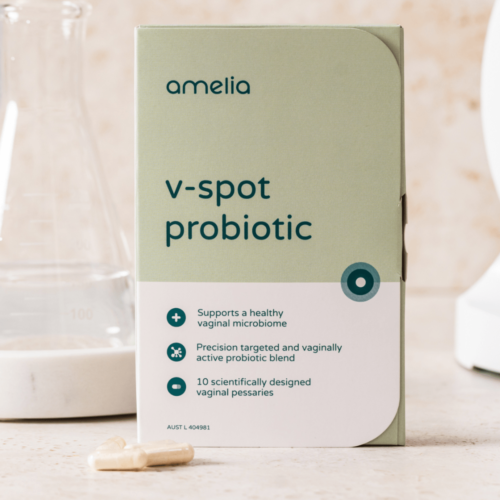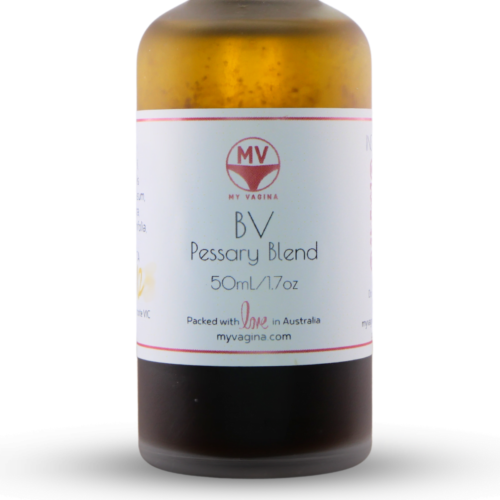Hi Aunt Vadge,
During foreplay I received a scratch inside my vagina. It is painful when urinating. It has been 5 days and it does not seem to be healing, so I was wondering if there are any home remedies to ease the pain, and I would also like to know at what point should I seek medical attention.
The scratch is right above the opening and it does not seem visible and I have looked. It is a little red but not itchy; it does not really hurt but I can feel that it is there; there is no bleeding but it did bleed a bit at the time. It does not appear to be infected, and I keep it clean but have not put any topical solutions on it as I am unsure of what to use.
It is not getting any worse but does seem to be getting a little better. I am sure it was a fingernail and definitely not intentional. I am going through menopause and my skin seems to be thinner and more sensitive.
Thanks so much for the response.
Yours,
Scratched
________
Hi there Scratched,
Thanks for your email, and sorry to hear you are healing a little too slowly. The flesh around the vagina and vulva usually heals quite quickly, however when menopause hits, the lack of oestrogen causes our skin to become very thin, dry, and to heal much more slowly. It would appear that you are starting to see the impacts of low levels of oestrogen on your skin.
Research-wise, it is well observed that the hormonal changes at menopause have a drastic effect on many body systems (like bones), but one element that is not as well-studied is the profound impact of low oestrogen levels on the skin, despite in fact the effects being well observed in life. Ask any old lady.
The impact of oestrogen on your skin is multifaceted, but the key feature seems to be that your skins cells (fibroblasts and keratinocytes) have oestrogen receptors tucked inside them. Without oestrogen to trigger them off, to fire them up to ‘work’, they slow down and don’t function the same way as they used to.
This results in a reduction of collagen and water and many other constituents of skin, leaving you with a much less protective barrier to the world.
You have two options here, with both aiming to increase your oestrogen levels in a safe way.
1. Your naturopath or herbalist for whole-life advice on ways to naturally increase oestrogen
Visit your local herbalist or naturopath, who will carefully examine your symptoms, including the rest of your body and mind (menopause can often be associated with depression and anxiety too). They will then offer you specific advice, and probably at least initially, a herbal formula.
This is – from a naturopathic perspective – the preferred option here, since your menopause looks different to her menopause. Treating everyone the same doesn’t get the best results.
Our bodies are a melting pot of hormones and chemicals, with each of us is made up of different amounts of various elements. The conditions that affect not just your oestrogen levels, but a collection of systems in your body, are such things as how much fat you carry, how far into menopause you are, whether you exercise or not, were you on hormonal birth control, and so on. These things matter to your treatment plan.
Your naturopath or herbalist will very likely also recommend you get started regularly eating whole soy foods, containing high amounts of phyto-oestrogens. Phyto-oestrogens are naturally-occurring plant oestrogens that are several hundred times weaker than human oestrogen, but when you have very little oestrogen in your body, the weaker oestrogen has quite a significant effect.
Be aware that soy supplements don’t work the same way, so whole foods such as tofu and tempeh are required. Soy protein doesn’t do the same thing.
The precise amounts need to be discussed with your professional practitioner, and will be dependent on your specific needs, but research has shown that as little as 100 grams of tofu and 1 tablespoon of ground linseed reduces hot flushes and vaginal dryness to statistically significant levels, which means as a baseline amount to start with, that would be sufficient to cause an effect.
2. Your doctor for oestrogen cream
You can make an appointment to see your doctor, who will probably prescribe you some topical estradiol. You can start as soon as you pick it up, and you will notice the effects within days. These creams work very well for many women for bothersome menopausal symptoms.
It’s important that you find strategies to get what you want out of your body in your Wise Old Lady years, with ways to keep your phyto-oestrogen intake steady in an enjoyable way (cooking and food) an important component of feeling well with low oestrogen.
Many people think tofu is disgusting, but no matter what your thoughts on it, it seems that you are going to have to get used to it. A great way to familiarise yourself with cooking and eating soy products is to get yourself a cookbook, and ask vegetarians and vegans around you who cook it all the time. There are certain hints and tips for enjoying soy products, and it is not always intuitive.
What seems important is to get more oestrogen into your system using a sustainable wholefoods approach, with further advice on your personal circumstances offered by someone on the ground.
We would love to know how you go, so feel free to get back to us!
Warmest regards,
Aunt Vadge
Specially formulated probiotic for vaginal application to promote a healthy vaginal microbiome.
Unique, comprehensive BV, AV and 'mystery bad vag' treatment guide, one-of-a-kind system, with effective, innovative treatments.





